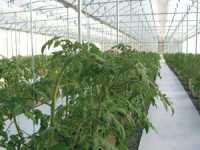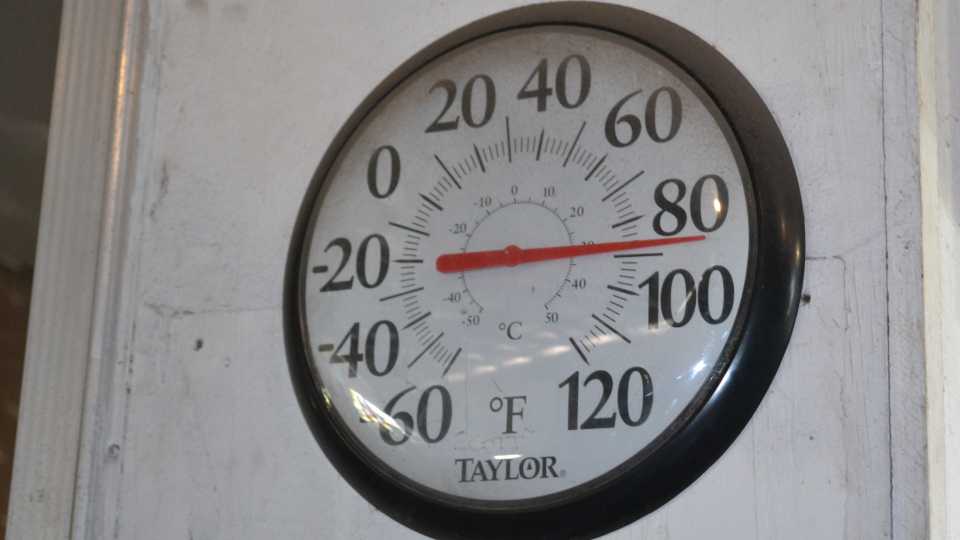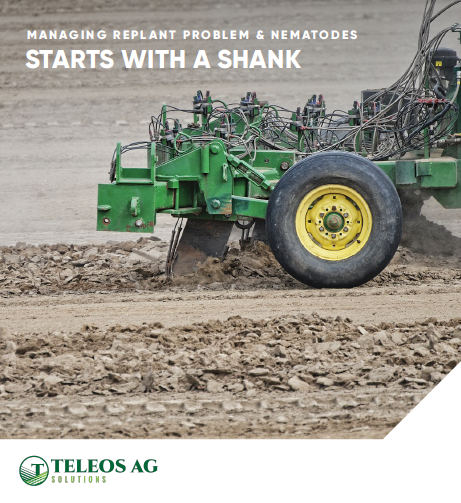Low-Tech or High-Tech Options for Greenhouse Production

Patricia Rorabaugh, in the School of Plant Sciences/Controlled Environment Agriculture Center (CEAC) at The University of Arizona, offers three tips to growers looking to implement a hydroponic or greenhouse production system.
1 Educate Yourself For Success
At The University of Arizona, there is an intensive short course in January 2012 to offer growers specific training on high wire tomato production — among other things — and in April 2012, the CEAC will hold its annual short course on greenhouse design and crop production, including a full day on aquaponics. Go to http://ag.arizona.edu/ceac for more details.
2 Location, Location, Location
Growers must understand the environmental conditions needed to grow the plants. If they are in an area where good weather prevails for most of the year, they might be able to grow with a lower-tech system using some shade or with some other modification most of the year, she says. In the end, however, these growers may be out of production for part of the year if it becomes too hot
or too cold, which would otherwise necessitate financially prohibitive costs for cooling and/or heating.
“If you don’t mind being out of production then you might be able to use a simplified system, but if your market is demanding year-round production then a simple system might not work,” adds Rorabaugh. “For example, low-tech systems can include shade structures, rain structures, hoop houses, or retractable roof structures, all with little or no active cooling or heating.”
3 Know Your Market
Growers must know the market they will be serving in order to supply that market adequately. “If you are located in an area that experiences hot or cold conditions or both, you may need a higher tech system, such as a greenhouse with an appropriate environmental control system to grow your plants,” she explains. “You need to be able to grow when your market wants product.”
Knowing your market and being able to produce a successful and reliable crop for that market will lead to a successful greenhouse business.










